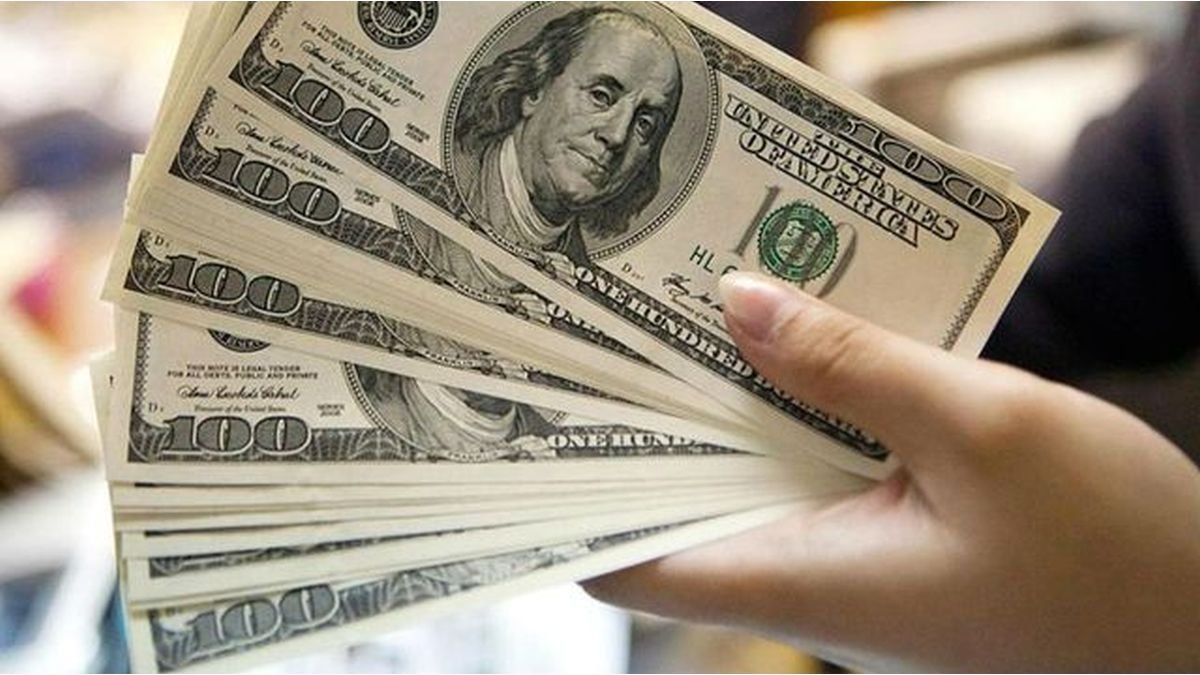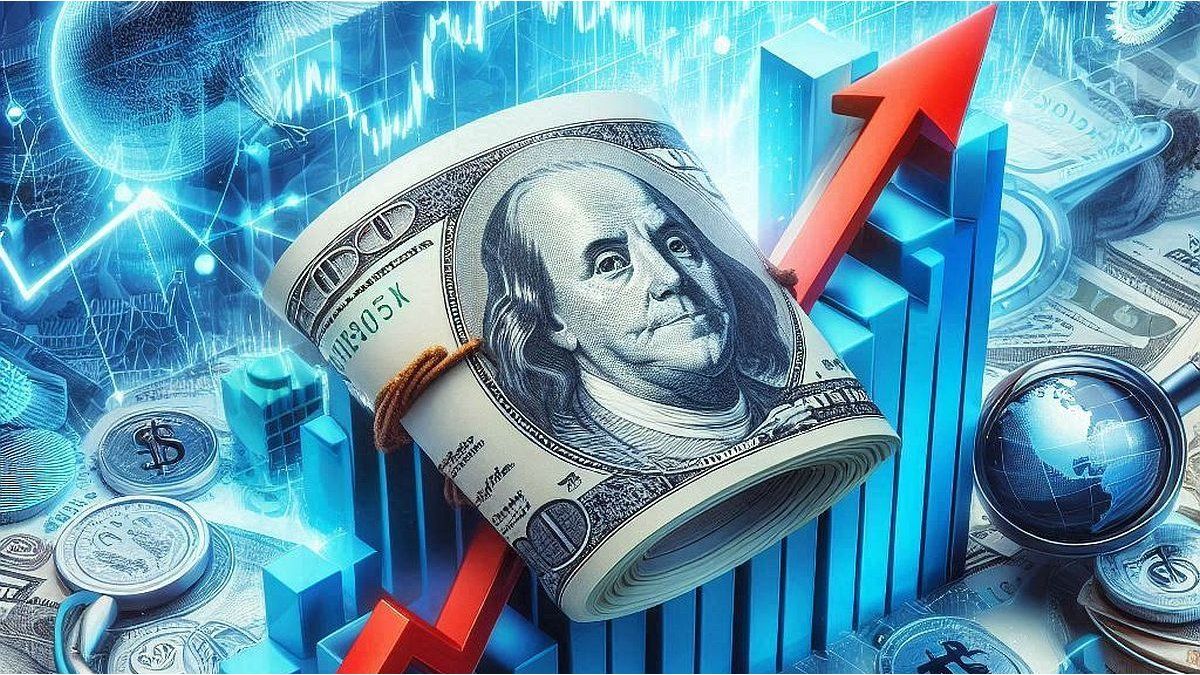April started with a exchange market something volatile, but with the passing of the days, the parallel dollars (the CCL, the MEP and the blue) began to show a calmer trend, with a slight drop in financials and a blue that fell more rapidly, after having reached maximum prices, close to $400 a few days ago. And, in this context, the market begins to evaluate what can come and what variables will be central to the alternative dollar evolution during the rest of the month.
Key 1: soybean dollar 3
For Eco Go economist Lucio Garay Méndez, the announcements of a new dollar for the countryside will surely generate more growth and volatility in the parallels. “It happens that, on the one hand, the differential dollar for soybeans is going to inject more pesos into the economy, which will surely be transferred to the gap,” he says in dialogue with Ámbito.
In the words of Juan Pablo Albornoz, an economist at Invecq, “the agro dollar generates a greater monetary issue, because it is implicitly validating a hidden devaluation” and considers that this liquidity will sooner or later impact the price difference between exchange rates. This is due to the fact that, without a fiscal surplus, the Central necessarily prints to accumulate foreign currency through the commercial channel.
Similarly, Elena Alonso, from Grupo Broda, points out that “the agro dollar It will be a key element for alternative exchange rates”, since the pesos received by the producers can be turned towards that market, raising its price. However, on the other hand, he points out that how many tons enter the program and the volume of dollars captured by the program will also have an impact. Central Bank (BCRA) on your reservations.
“If the result is positive, we will have a favorable effect on alternative exchange rates, Surely, it will counteract the pressure that a greater flow of pesos can generate”, Alonso anticipates.
Key 2: the electoral process
For his part, Gustavo Quintana, from PR Operadores de Cambio, mentions that a key element to take into account is that “everything can get complicated considering that we are in an election year in which nothing less than the president is elected”.
The analyst considers, in this sense, that political expectations will begin to impact the markets and anticipates that this could make “the Dolar blue show a more marked fluctuation in its price. And it is that Quintana indicates that it is “a small market with very strong changes in trend and reactive to the context, so it is to be expected that the tensions in the electoral bid and the definitions that exist regarding the candidates will be reflected in prices in that market.
Likewise, it anticipates that, as is usually the case in Argentina, as the electoral process approaches, the tendency to dollarize savings will deepenbut recognizes that there is still a long way to go for this search for coverage to deepen to the usual levels of electoral processes, so it considers that we still have to wait.
Key 3: possible new restrictions
To what has been said, the economist from Epyca Consultores, Joel Lupieri, adds that the possibility that “the new announcements made by the Government for the countryside may be accompanied by new restrictive measures or regulations to access the official dollar”.
And it is that much was said about the possibility that the Government announced this Wednesday the arrival of a unification of tax tariffs for the dollars of importers, card payments and tourism and there was speculation that this would be accompanied by greater controls for purchases abroad.
Although that did not happen and only the implementation of soybean dollar 3 and the agricultural dollar, it is probable that more developments in this sense could come in the future, which could further limit access to the official dollar in some sense and make its price rise in the alternative versions.
Key 4: inflationary dynamics and the rate
On the other hand, Lupieri comments that “the very dynamics of inflation, which will probably be high in March, will be decisive for the evolution of the dollar” and this point is closely related to the decision that the BCRA regarding the interest rate.
“The interest rate, until now, is one of the few weapons that this administration has exhibited to avoid portfolio dollarization”, comments the economist. And, in this sense, he anticipates that it will be under upward pressure as hedging takes place, for which he maintains that “we will have to see how the BCRA reacts in this challenging context.”
And, on the other hand, Alonso mentions that, “taking into account the inflationary trendit is likely that the rate of peso depreciation speed up a bit in April”, which, according to his view, will imply that the dollar Cash With Liquidation (CCL) and the MEP tend to speed up to follow the official and, in that train, he considers it foreseeable that the blue will fold to that trend too.
Source: Ambito
I am a 24-year-old writer and journalist who has been working in the news industry for the past two years. I write primarily about market news, so if you’re looking for insights into what’s going on in the stock market or economic indicators, you’ve come to the right place. I also dabble in writing articles on lifestyle trends and pop culture news.




